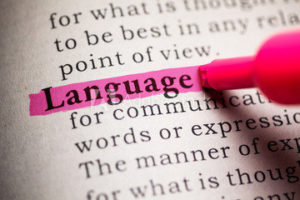This rarest of all things — a legitimate letter from Nigeria (at least, I think — it didn’t ask for money) landed in my in-box:
Hello Dr. Alan. I am N__________from Nigeria. I am a student of Stylistics at the University of Ilorin, Nigeria. My professor requested for a term paper on ‘Forensic Stylistics’ and I happened to stumble on your website while searching for useful materials.
Sir, I must confess that I am at a dead end and I would appreciate whatever help you can render.
[In fairness to the professor, he/she might well have assigned reading materials, but getting from there to a paper is another matter. You can’t just recycle what your sources say. And original insights about new, sophisticated material are very hard for a beginner. So how about a project, an application, a demonstration that you know the methods and that they work? My reply:].
For this project, you will need six classmates, to provide enough data. Ask each of them for 5-6 emails, preferably of several paragraphs in length. No text messages. All writing in English. The emails don’t have to be identified by writer, just by number or letter. Or you can use their names. Then ask one (you won’t know which one) of the six to give you another sample, unsigned. (Variation: provide a seventh sample, from a completely different person.)
Your task is to use stylistic analysis to determine who wrote the anonymous email. Your term paper will explain all of the above, plus an assessment of the success/failure your analysis — hopefully, you guessed the mystery writer. This is very similar to many of the authorship cases I do.
Best regards and best of luck,
Permanent link to this post (298 words, estimated 1:12 mins reading time)











